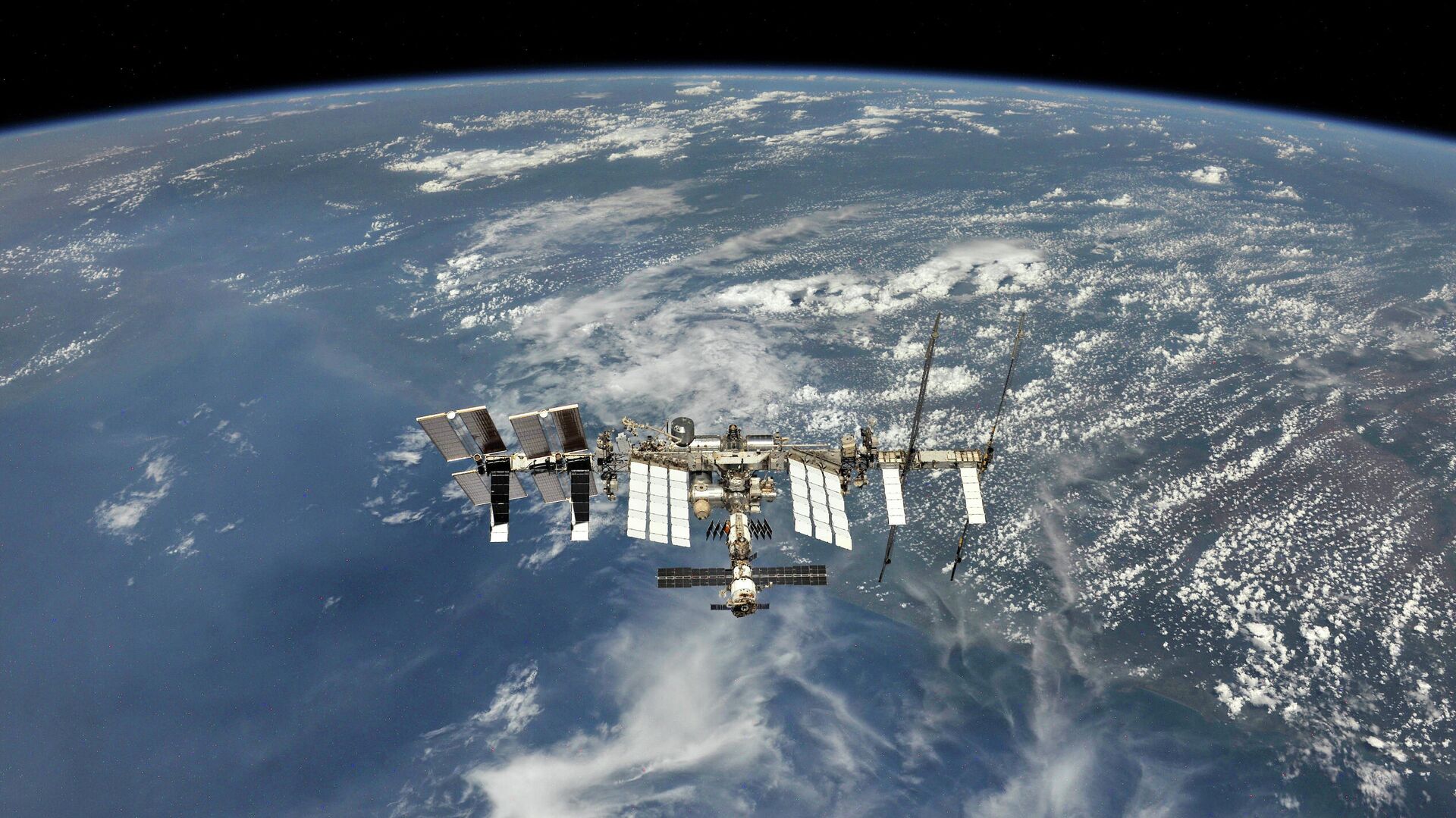
< br />
MOSCOW, November 9. The growth in the number of satellites in orbit will require, in the next ten years, the development of international rules for movement in outer space, in particular, the area of near space, for a more efficient and conflict-free development, said the General Director of the aerospace corporation «New Space» (AeroNet market participant) of the National Technology Initiative Anton Alekseev.
«»Most likely, by 2030-2035, completely new international rules of «space traffic» will be created for the placement and control of spacecraft, attempts will be made to create new multi-thousand national (by origin) groupings in the field of communication services, remote sensing, Internet of things and so on,” Alekseev said on the sidelines of the “National Technological Revolution” conference (barcamp).
He clarified that the implementation of the rules will be dictated by the need for civilized space exploration, without gross conflicts between countries over such a right. The expert also called obvious the future expansion of the satellite data reception infrastructure and the increase in the number of rocket launch sites on Earth. Rockets, he said, should become reusable, “like airplanes.” In addition, it is possible to create server storage in orbit.
According to Alekseev’s estimates, the number of satellites and the number of countries represented in space will at least double by this time. Near space will become a provider of better services for people’s everyday lives, as well as a new starting point for developing technologies for conquering other planets, the expert is sure.
He named communications and remote sensing of the Earth, as well as satellite Internet of things, including collecting information from transport, seismic, fire and other sensors, providing automatic surveillance and broadcasting services for aircraft, as key technologies that, with their rapid development, will allow Russia to take a leadership position. as well as cross-border transfers.
Satellite technologies, according to the expert, are capable of not only providing communication and navigation services, but also eliminating the digital inequality of regions, as well as strengthening the overall connectivity of the entire territory of the Russian Federation by providing logistics data, an ice navigator for Northern Sea Route. To do this, satellite manufacturers must have a predicted option to launch the device once a month or week.
“It is now necessary to begin occupying orbits according to the existing international rules of the International Telecommunication Union with demonstration satellites for the purpose of subsequent deployment of large satellite constellations,” Alekseev concluded.

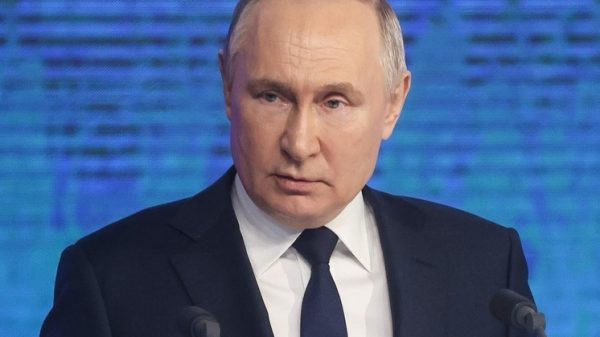


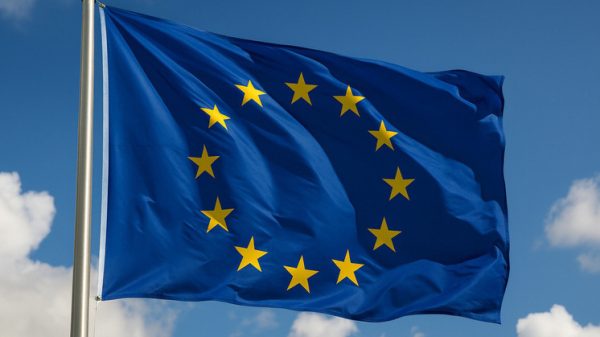



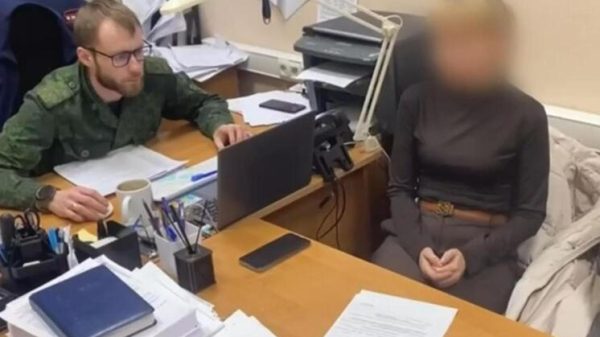









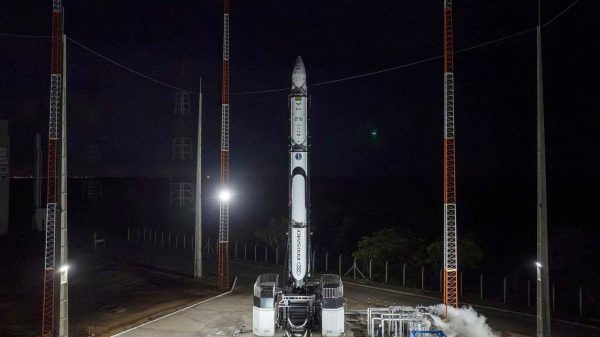



















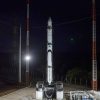












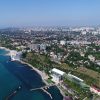



Свежие комментарии